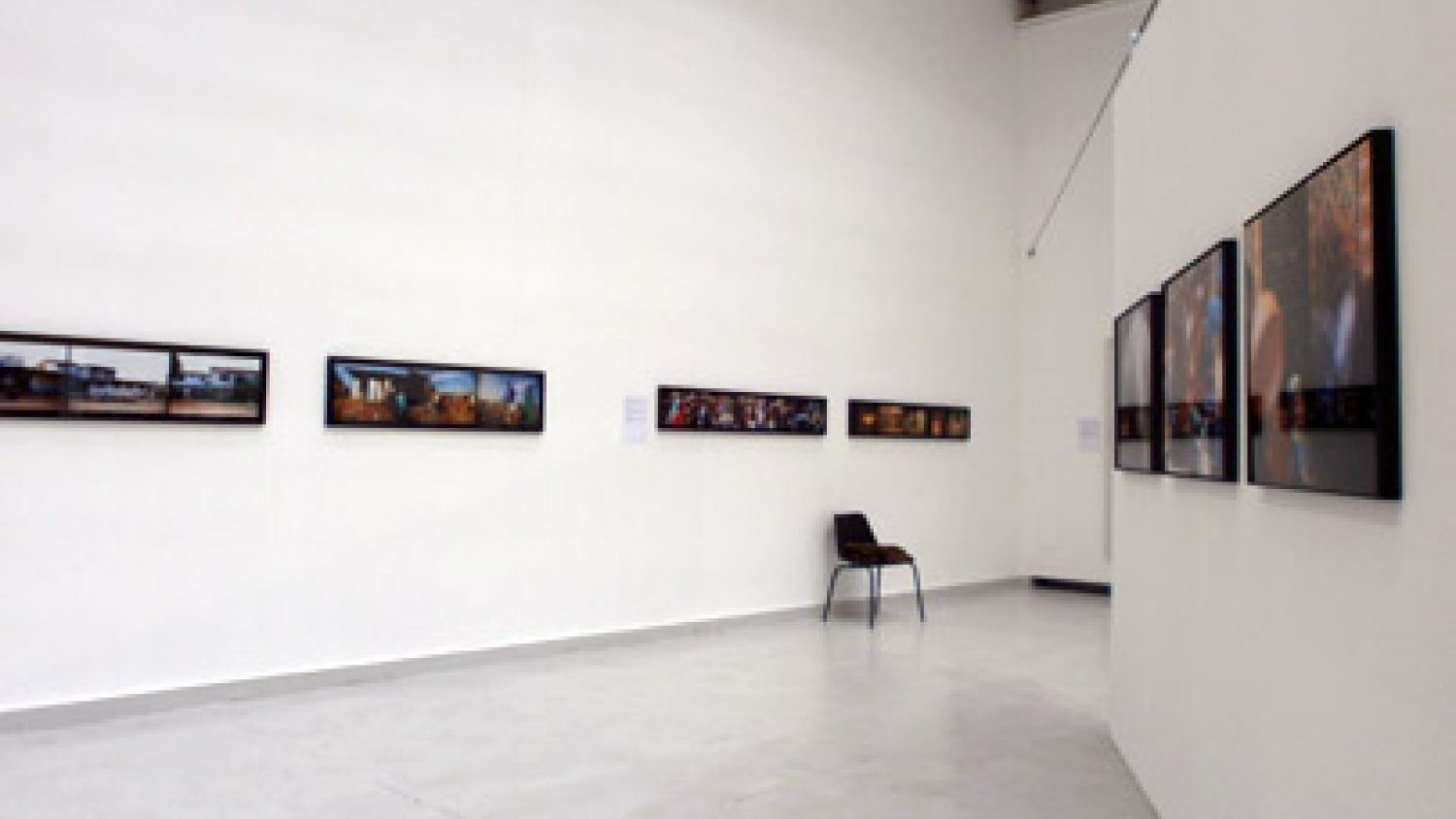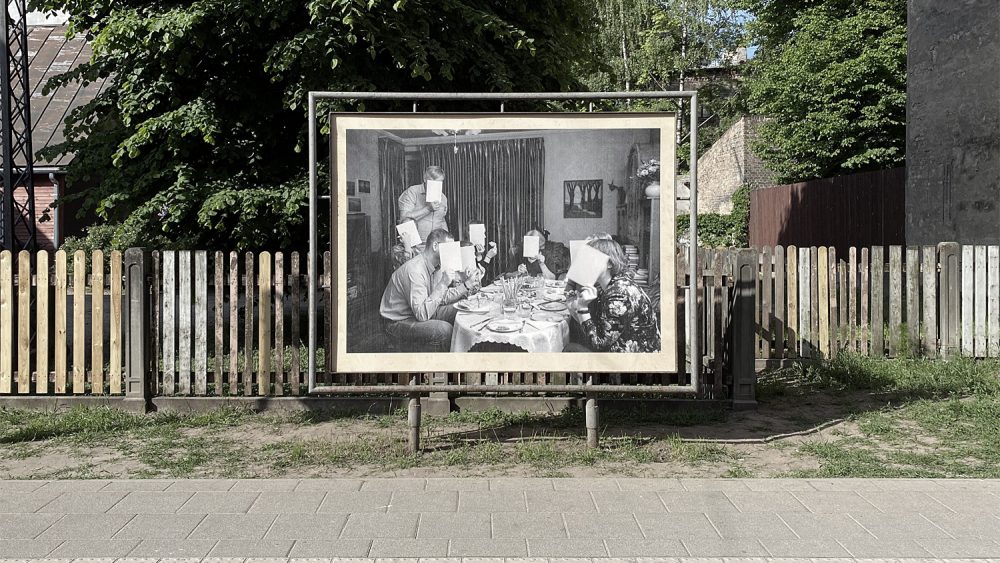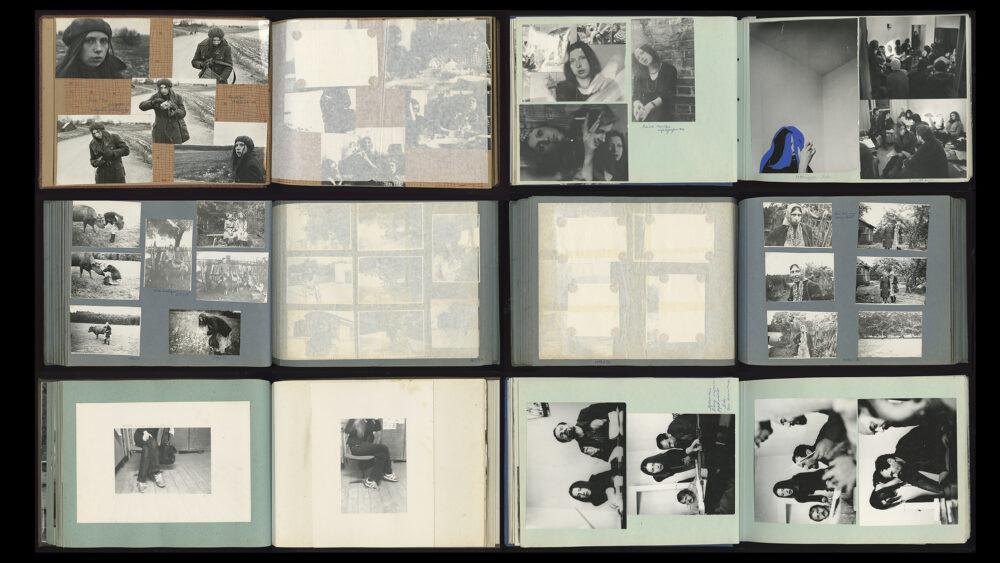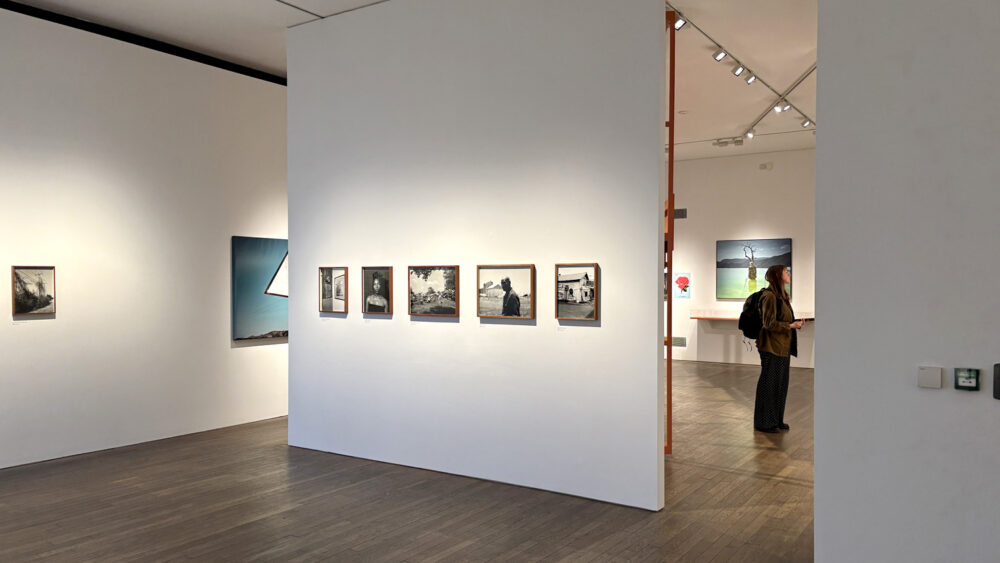Bamako in Vilnius
Until 23 October the Contemporary Art Centre (CAC) in Vilnius hosts Bamako‘09 – African photography biennale. For those who haven’t come across this before, Bamako is the capital of Mali and in the Bambara language, which is one of the most used languages in Mali, it means a ‘crocodile river’. Actually, Bamako is a very old town with the first settlements established as far back as the Paleolithic Age. Today Bamako is one of the fastest-growing cities not only in Africa, but also globally, as according to the statistics, it takes the 6th place in the world. From a different perspective, the question arises what is it that links Bamako and photography?
As stated in the press release about the exhibition, the capital Bamako has deep-rooted traditions of photography: “The 9th collection of Bamako biennale in the CAC is the first major presentation of the contemporary African photography in Lithuania. The exhibition of 220 photographs explores themes of geographic, social, cultural, and aesthetic boundaries and reflects on the photographic topicalities of the entire African continent.“
As a matter of fact, the theme of borders in one way or another dominates throughout all the works presented in the exposition. Nonetheless, the first thoughts that spring to mind while observing so many different, but at the same time very similar photographs are about the tendency to exoticise everything, thus echoing with the Western perspective. In photography Africa has always been represented from a colonial point of view. The paradox is that African photographers do not break the stereotypes, but instead try to adjust to the framework of image set by the West.
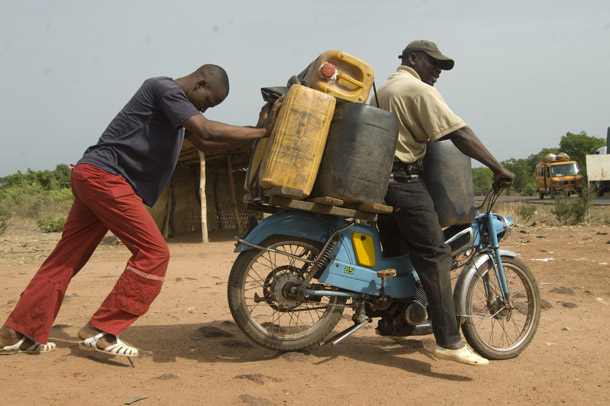
In fact, it was not so long ago when the Eastern Bloc states were also considered exotic to the West. However, the younger generation entering the arena of contemporary art saw less or very little of the Soviet era, and what it saw was mostly during childhood or early youth. After all, this stage of life later reverberates and is usually remembered with nostalgia. That is the reason why a considerable amount of the contemporary art that reflects on the Soviet or Post-Soviet era has remained more poetic and thus perfectly serves as a means to understand the term of the irrational nostalgia. The subject, however, loses significance when speaking about social or political problems of the time and such topics certainly were and will be discussed further on.
The contemporary art of Africa and the Near East indulges into ‘exotica’ with a similar approach, though it becomes exotic only on the mind of a Westerner. In the context of the contemporary art, it seems that as soon as a westerner hears the words ‘Arab’ or ‘African’, concern, understanding, and sympathy emerge in his/her consciousness.
This year’s Transmediale festival in Berlin featured a screening titled Arab shorts, where a video film programme curated by Ala Younis was presented. Honestly, just like many others, I was expecting a series of videos, in which various controversial social and political themes would be unravelled. However, after the screening of the first film, all preconceptions had to be forgotten. Abstract images, slow pace, atmosphere, and poetry – everything looked absolutely different to what a westerner could expect after hearing the word ‘Arab’. Thus, the conversation the curator had with one of the exasperated and annoyed spectators, who widely criticized Transmediale organizers for showing such trivial imagery while wars are being waged, blood is being shed, and children are dying, does not come as a surprise. “We need blood, dirt, and horrifying views! We need a rude awakening!”, he kept on saying. Most of the spectators aware of the mentioned matters were shocked and devastated.

As far as Bamako‘09 is concerned, weren’t it for the exposition of the exhibit, perhaps the associations related to exoticisation would not be so negative. In this case, it became clear once again how significant is the arrangement of an exhibit’s exposition. The latest presentation of the contemporary African photography biennale in CAC, when hundreds of slightly glamorous photographs and dozens of authors without any clear bonds are placed in a single hall and arranged in a way which makes you feel sick and tired after looking at only one third of the exhibition. “Too much of a good thing” was what I thought during my first visit to the exhibition, and the second trip seems to have even deteriorated the impression.
Anyhow, it seems that Bamako‘09, with its exotic imagery and pictures, attracts quite a few spectators. The subject of borders is always relevant and comprehensible to all. As a sort of literary example of such matters could be Kader Attia’s photography series Square Rocks. It documents youngsters dawdling next to jumbled square monolithic blocks at a beach in Bad El-Uedo district in Algeria. Such places of idleness can be found in almost every country. However, this one, situated in Bad El-Uedo district, is exceptional – it links Algeria with Europe. As stated in the description of the work: “[…] although the border signifies a limit, this intermediate space, cleverly called ‘no one‘s land’, is also a place for meetings and interchange, a real or imagined territory of openness.” In this case, the genre of documentary photography serves as the easiest way to do it.
Certainly, problems are serious and they need to be exposed, all the more so as in Lithuania such exhibition is especially rare; not to mention there are some good works, too. However, it should be kept on mind that exoticisation might become a trap and an obstacle as well.
